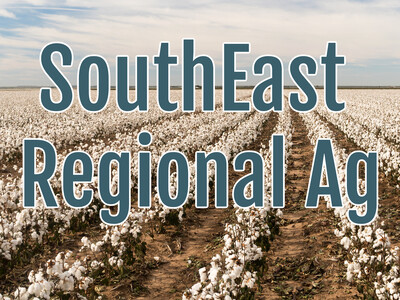Prevent Weed Resistance with Herbicide Layering
Weed resistance is a never-ending challenge for U.S. farmers. As more weeds become resistant to herbicides, there are a number of things farmers need to focus on when planning for weed control.UPL’s technical development manager for herbicides Ryan Henry says the first important factor to consider is the history of each field.
“What is the current resistance profile in that field?”
“So, does that field have any weeds in it that are glyphosate-resistant or ALS-resistant, and also, what the weed management program has resulted in, how has it fared, because really, that'll be a good indication of what weeds will be present in the field in the coming years.”
Herbicide layering has its benefits.
“Obviously yield protection, making sure that the early-season competition with those weeds is removed. Reducing the seed bank in that field for subsequent years is also a huge benefit of herbicide layering, and because of that, it works to reduce the selection pressure on those chemistries and helps preserve their utility for years to come.”
Henry says timing your herbicide applications is another critical component for success in weed control.
“A tank-mixture of 24D and glyphosate and glufosinate, that's a strong mixture. It controls a broad spectrum of weeds, but even then…”
“We want to get those pre-emergent herbicides on before the weeds have germinated in that field.”

















